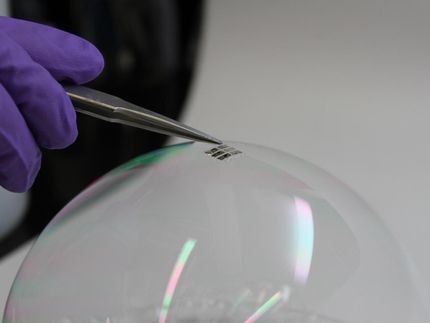New NanoMarkets Report Identifies Trends and Opportunities in Organic Electronics Manufacturing
Advertisement
According to a newly released report from NanoMarkets, organic electronics (OE) manufacturing has advanced to a stage where companies are now capable of producing electronics devices in volume that can compete with products offered by the traditional semiconductor companies. These and other findings can be found in the report "The Future of Organic Electronics Manufacturing".
The OE manufacturing base is moving beyond just OLEDs. Plastic Logic has a manufacturing facility that can produce about a million display backplanes each year using organic transistors (OTFTs). Konarka has recently leased a former Polaroid coating facility that will give it a capacity of up to 1 GW of solar panel production annually, potentially putting Konarka in the top tier of solar panel makers worldwide. According to NanoMarkets, manufacturing capacity for all OE products is expected to grow from approximately 23 million m2/year in 2011, to 42.9 million m2/year by 2014.
Innovations are making traditional thermal deposition techniques increasingly effective in today's OE fab. This contrasts with the consensus of a few years ago, which said that printing would soon become the wave of the future for fabricating OE devices. New roll-to-roll vacuum equipment is increasing throughput, lowering costs and making deposition more uniform. Organic vapor phase deposition (OVPD) is improving on the traditional evaporation process by eliminating the need for line-of-sight deposition. Thermal evaporation molecular jet (MoJET) printing is bringing printing like control to thermal evaporation. Both OVPD and MoJET-by depositing material uniformly one point at a time-simultaneously solve the patterning, uniformity, and utilization problems inherent in typical vapor deposition. NanoMarkets' new report claims that total sales of all equipment for OE applications are expected to grow from $226 million in 2011, to $378.6 million in 2014.
The first wave of OE manufacturing utilized standard semiconductor and industrial printing equipment. The next wave will use equipment designed for specific OE devices, enabling lower manufacturing costs and higher device performance. Such specialized processes also enable firms to build value through the development of proprietary manufacturing processes. General Electric's new roll-to-roll OLED lighting manufacturing process, for example, is specifically designed for the requirements of white OLEDs providing these devices with improved color-rendering index and air-stable encapsulation. Similarly, Sony has developed novel deposition and patterning processes for flexible AMOLED displays.

























































